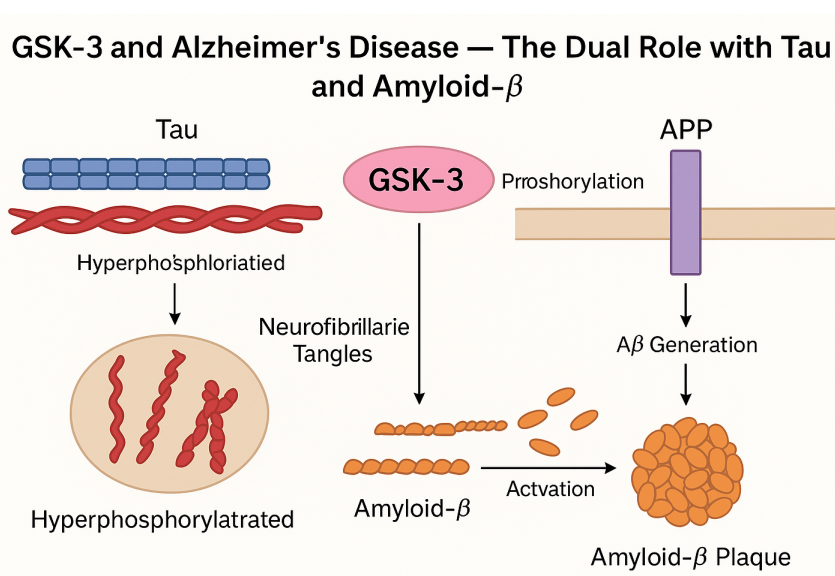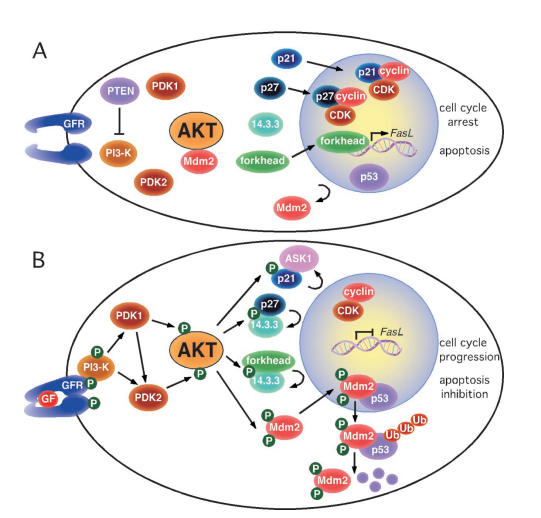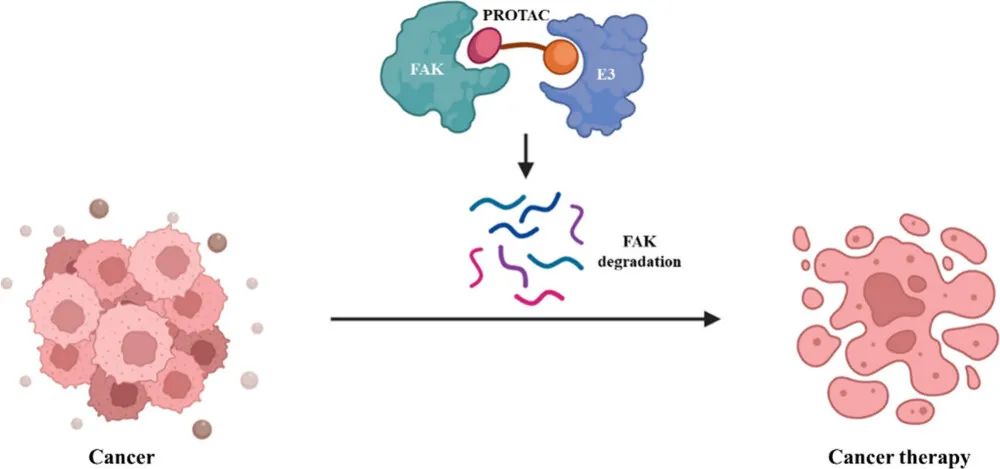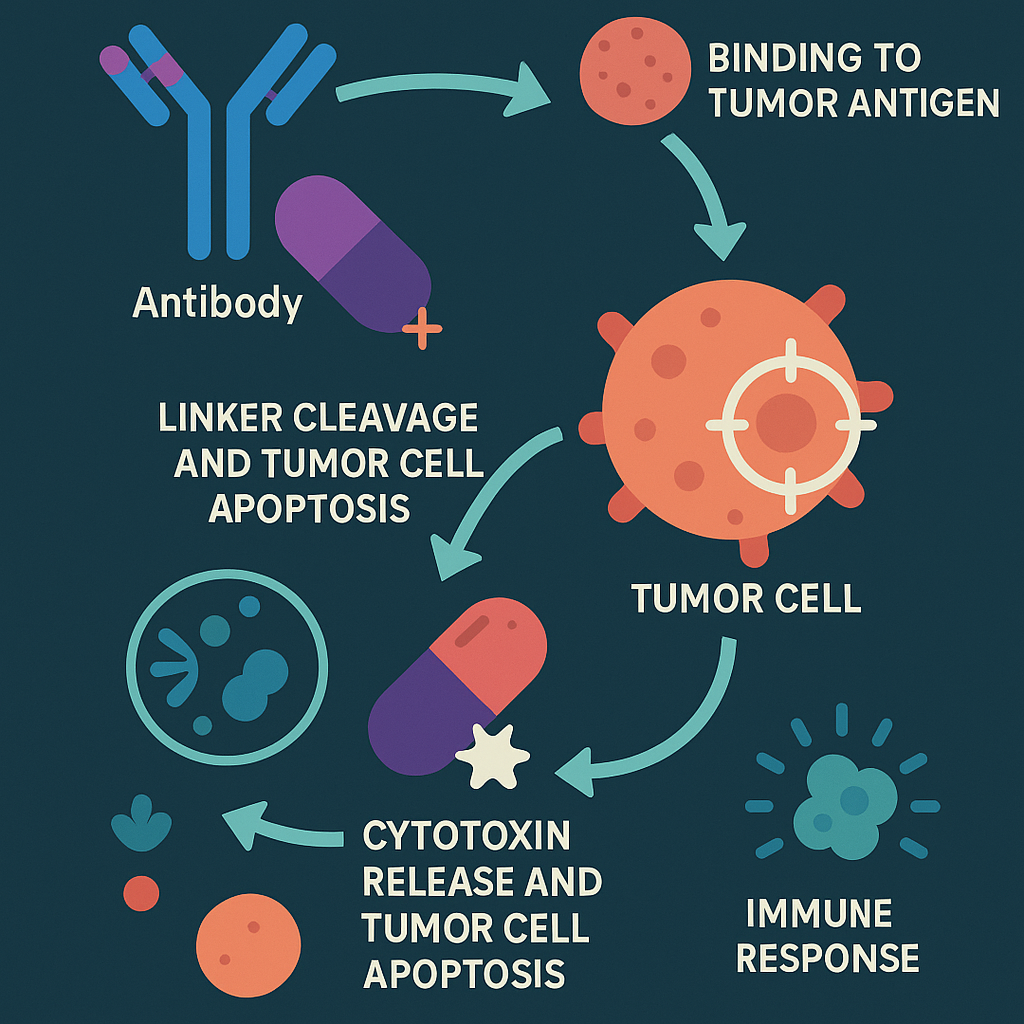Polypeptides - Molecular Marvels Shaping Life's Fundamental Architecture
Abstract
A polypeptide is a vital biomolecule, forming a chain of amino acids bonded by peptide bonds. It is a fundamental component of proteins, acting as a precursor during protein synthesis. Polypeptides are synthesized through translation, wherein the genetic information in DNA is transcribed into mRNA and then translated into a specific amino acid sequence. The sequence is determined by the mRNA’s codon sequence.
Polypeptides exhibit variations in length and can fold into unique three-dimensional structures, enhancing protein functionality. These folded structures are crucial for proteins to carry out their specific biological roles. Polypeptides play indispensable roles in diverse biological processes, serving as enzymes, structural elements, and signaling molecules. They catalyze reactions, provide cellular support, and transmit information between cells. In summary, polypeptides are the building blocks of proteins, showcasing diverse structures and playing essential roles in the proper functioning of living organisms.

Fig.1 What is a peptide
Structure of Polypeptides
The structure of polypeptides refers to the arrangement of amino acids in a linear chain. It consists of primary, secondary, tertiary, and quaternary levels of organization. The primary structure is the amino acid sequence determined by the genetic code. Secondary structures like alpha helices and beta sheets form through hydrogen bonding within the chain. Tertiary structure arises from interactions between amino acid side chains, resulting in the overall three-dimensional shape. Disulfide bonds and other forces stabilize this structure. Some proteins consist of multiple polypeptide chains that interact to form quaternary structures. These structures are essential for the protein’s function, as they determine how it folds, interacts with other molecules, and carries out its biological role. The precise structure of a polypeptide is crucial for its proper functioning within the complex machinery of the cell.
Synthesis of Polypeptides
The synthesis of polypeptides occurs during the process of protein synthesis, which involves transcription and translation. It begins with the transcription of DNA, where the genetic information is transcribed into messenger RNA (mRNA) in the nucleus of the cell. The mRNA carries the genetic code from the DNA to the ribosomes in the cytoplasm.
In the translation phase, the ribosomes read the mRNA sequence and synthesize the corresponding polypeptide chain. The ribosome moves along the mRNA, sequentially bringing in transfer RNA (tRNA) molecules that carry specific amino acids. The tRNA molecules have anticodons that complement the codons on the mRNA, allowing them to match the correct amino acid to the growing polypeptide chain.
As each amino acid is added, a peptide bond forms between the carboxyl group of one amino acid and the amino group of the next amino acid. This process continues until the ribosome reaches a stop codon on the mRNA, signaling the termination of polypeptide synthesis.
Once synthesized, the polypeptide chain may undergo post-translational modifications, such as folding, addition of chemical groups, or cleavage, to attain its final functional form. The resulting polypeptide may function independently or, in some cases, join with other polypeptide chains to form a protein with a specific structure and function.
Functions of Polypeptides
Polypeptides play diverse roles in biological systems, including enzymatic, structural, and signaling functions.
Enzymatic Functions
Many polypeptides act as enzymes, facilitating biochemical reactions within cells. Enzymes accelerate chemical reactions by lowering the activation energy required for the reaction to occur. They bind to specific substrates and catalyze their conversion into products. Examples of polypeptide enzymes include digestive enzymes like amylase, protease, and lipase, as well as metabolic enzymes involved in processes such as cellular respiration or DNA replication.
Structural Functions
Polypeptides contribute to the structural integrity of cells and tissues. They form the building blocks of structural proteins that support and shape cells, tissues, and organs. Examples include the polypeptides that make up the collagen fibers in connective tissues, actin and myosin in muscle fibers, and keratin in hair, nails, and skin. These structural polypeptides provide strength, flexibility, and elasticity to various biological structures.
Signaling Functions
Polypeptides also function as signaling molecules, transmitting information within and between cells. They can act as hormones, neurotransmitters, growth factors, and cytokines. Signaling polypeptides bind to specific receptors on target cells, initiating a cascade of cellular responses. Examples include insulin, which regulates blood sugar levels, and cytokines, which mediate immune responses. These signaling polypeptides play crucial roles in processes such as growth, development, immune response, and cell communication.
Overall, the functions of polypeptides are diverse and essential for the proper functioning of biological systems, encompassing enzymatic catalysis, structural support, and intercellular communication.
Polypeptides and Disease
Polypeptides play a significant role in various diseases, either as causative factors or as targets for therapeutic interventions. Here are some ways in which polypeptides are associated with diseases:
Genetic Disorders
Mutations or alterations in the polypeptide-coding genes can lead to genetic disorders. For example, mutations in the CFTR gene cause cystic fibrosis, where the resulting abnormal polypeptide affects the function of chloride channels in cells, leading to respiratory and digestive system problems.
Protein Misfolding Diseases
Certain diseases, such as Alzheimer’s, Parkinson’s, and prion diseases, are characterized by the misfolding of specific polypeptides. These misfolded proteins can aggregate and form toxic structures, leading to cellular dysfunction and disease progression.
Cancer
Polypeptides can contribute to cancer development and progression. Oncogenes, such as HER2 in breast cancer or EGFR in lung cancer, encode polypeptides that promote abnormal cell growth and survival. Targeting these polypeptides with specific inhibitors has become a therapeutic strategy in cancer treatment.
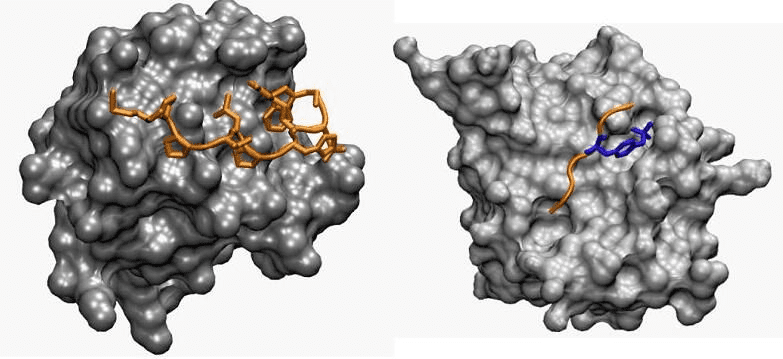
Fig.2 Peptide Drugs
Autoimmune Disorders
In autoimmune diseases, the immune system mistakenly targets and attacks self-polypeptides. For instance, in rheumatoid arthritis, the immune system attacks polypeptides in the joints, causing inflammation and tissue damage.
Therapeutic Applications
Polypeptides are also used in disease treatment and management. Peptide-based drugs, such as insulin for diabetes or peptide-based hormones, are used to supplement or regulate the body’s natural polypeptides.
Understanding the involvement of polypeptides in disease processes provides insights for developing diagnostic tools, therapeutic interventions, and targeted treatments for various medical conditions.
Synthetic Polypeptides and Peptide Engineering
Synthetic polypeptides and peptide engineering involve purposefully designing, synthesizing, and customizing polypeptides to achieve specific characteristics for diverse applications. Chemical synthesis or recombinant DNA technology enables precise control over the amino acid sequence and composition of synthetic polypeptides.
Peptide engineering focuses on modifying natural or synthetic polypeptides to enhance their stability, activity, or specificity. Techniques include introducing non-natural amino acids, altering amino acid sequences, or incorporating functional groups and tags. Such modifications can improve therapeutic potential, increase bioavailability, or optimize interactions with target molecules.
These approaches find wide-ranging applications in drug delivery systems, tissue engineering, biomaterials, and diagnostics. They offer the opportunity to create tailor-made polypeptides with desired properties, such as improved stability, enhanced targeting abilities, or heightened therapeutic efficacy. By pushing the frontiers of biotechnology, synthetic polypeptides, and peptide engineering pave the way for innovative solutions to diverse biomedical challenges.
Applications of Polypeptides
Polypeptides have various applications across different fields due to their diverse properties and functionalities. Here are some common applications of polypeptides:
Therapeutics
Polypeptides serve as the basis for numerous therapeutic agents, including peptide-based drugs and biologics. They can be designed to target specific receptors or molecules in the body, offering potential treatments for conditions such as cancer, diabetes, cardiovascular diseases, and autoimmune disorders.
Drug Delivery Systems
Polypeptides can be utilized in drug delivery systems to enhance the targeted delivery and release of therapeutic agents. By conjugating drugs to polypeptides, controlled release, improved stability, and specific tissue targeting can be achieved, leading to more efficient and effective drug delivery.
Tissue Engineering and Regenerative Medicine
Polypeptides play a crucial role in tissue engineering and regenerative medicine. They can be used as scaffolds or bioactive factors to promote cell adhesion, proliferation, and tissue regeneration. Polypeptides with specific cell-binding motifs or growth factors can guide and enhance tissue repair and regeneration.
Biotechnology and Biopharmaceuticals
Polypeptides are widely used in biotechnological and biopharmaceutical applications. They serve as tools for protein expression, purification, and characterization in research and development. Recombinant polypeptides are also utilized in the production of therapeutic proteins, vaccines, and enzymes.
Biomaterials
Polypeptides contribute to the development of biomaterials with applications in tissue engineering, drug delivery, and wound healing. Polypeptide-based hydrogels, films, and coatings can provide biocompatible and biodegradable platforms for tissue regeneration, controlled drug release, and wound dressing.
Diagnostics and Imaging
Polypeptides can be engineered to bind specifically to disease biomarkers, enabling their use in diagnostic tests and imaging techniques. By conjugating polypeptides with imaging agents or nanoparticles, they can be employed for targeted imaging and detection of diseases such as cancer.
Biosensors and Bioelectronics
Polypeptides have been incorporated into biosensor devices and bioelectronics for detecting and monitoring analytes or biomarkers. Their specific binding capabilities and signal transduction properties make them valuable components in the development of sensitive and selective biosensing platforms.
These applications highlight the versatility and potential of polypeptides in various fields, driving advancements in medicine, biotechnology, materials science, and diagnostics.
References
- Zhang Y, He P, Zhang P, Yi X, Xiao C, Chen X. Polypeptides-Drug Conjugates for Anticancer Therapy. Adv Healthc Mater. 2021 Jun;10(11):e2001974. doi 10.1002/adhm.202001974. Epub 2021 Apr 30. PMID: 33929786.
- Feng H, Fabrizi J, Li J, Mayer C. Syntheses of Polypeptides and Their Biomedical Application for Anti-Tumor Drug Delivery. Int J Mol Sci. 2022 May 2;23(9):5042. doi: 10.3390/ijms23095042. PMID: 35563433; PMCID: PMC9104059.
- Li Y, Chang R, Chen YX. Recent Advances in Post-polymerization Modifications on Polypeptides: Synthesis and Applications. Chem Asian J. 2022 Jul 15;17(14):e202200318. doi 10.1002/asia.202200318. Epub 2022 May 31. PMID: 35576055.
- Wang L, Wang N, Zhang W, Cheng X, Yan Z, Shao G, Wang X, Wang R, Fu C. Therapeutic peptides: current applications and future directions. Signal Transduct Target Ther. 2022 Feb 14;7(1):48. doi 10.1038/s41392-022-00904-4. PMID: 35165272; PMCID: PMC8844085.
- Feng L, Wang Y, Yang J, Sun YF, Li YW, Ye ZH, Lin HB, Yang K. Overview of the preparation method, structure and function, and application of natural peptides and polypeptides. Biomed Pharmacother. 2022 Sep;153:113493. doi 10.1016/j.biopha.2022.113493. Epub 2022 Jul 30. PMID: 36076508.

